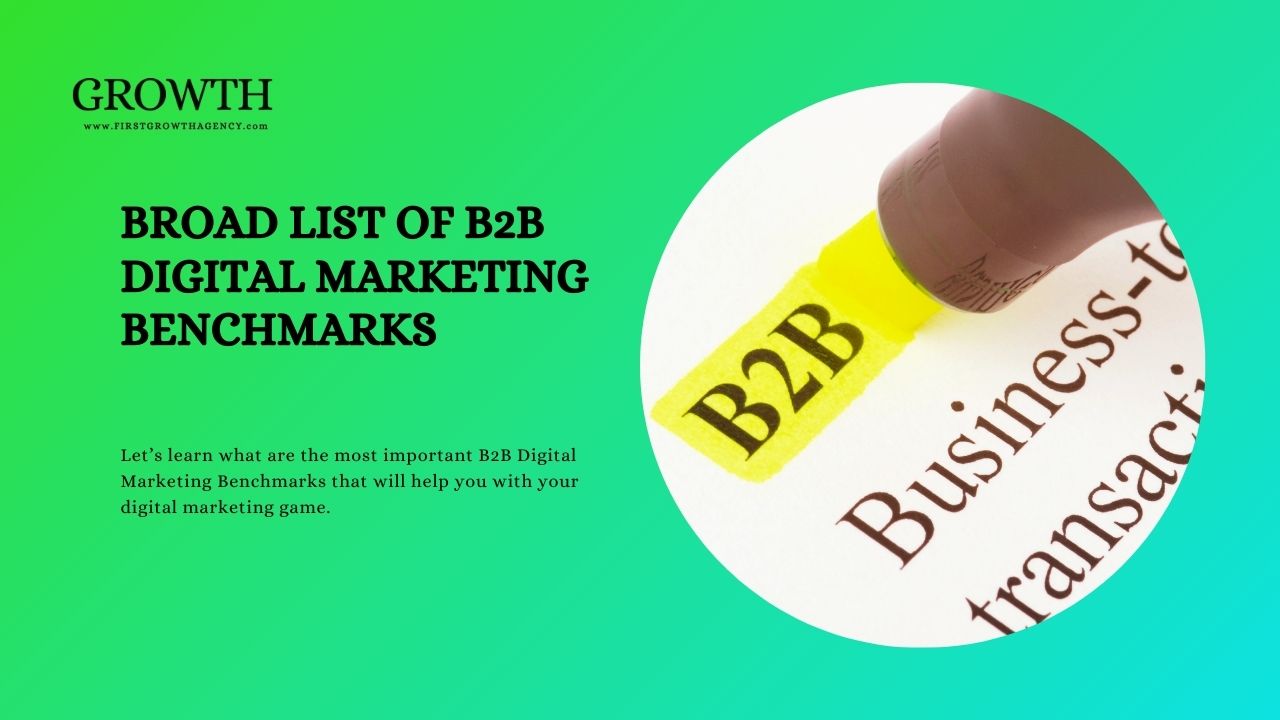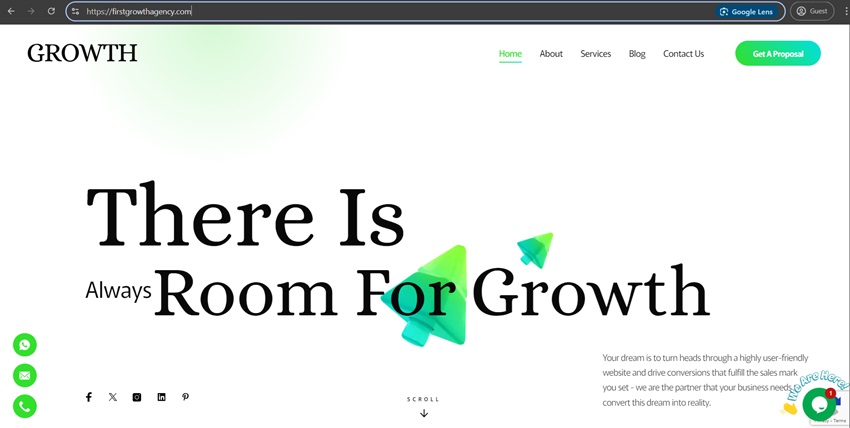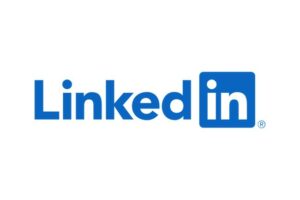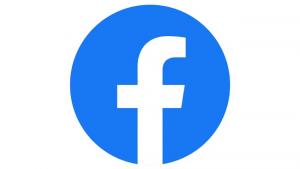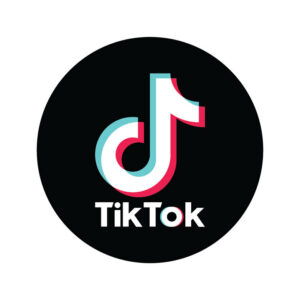Benchmarking is important for businesses of all sizes because it helps measure performance against industry standards. This can involve comparing goals, competitor performance, or internal metrics like click-through rates and conversions. In B2B marketing, it’s crucial to understand how your company’s performance compares to competitors, but getting reliable data can be challenging. For example, while impressions might be a useful metric for brand awareness campaigns, they become less important when the goal shifts to lead generation, where engagement rates take priority.
B2B generally has a lower position (30.61) compared to all industries (28.78) but still gets a similar number of clicks (997.5) compared to the general average (1.41K for all industries). It’s a must to avoid vanity metrics and focus on meaningful data aligned with business objectives. B2B marketers must concentrate on actionable insights to leverage opportunities and achieve business goals.
Read: Things to Consider Before Moving from Agency to In House
Reasons to Consider B2B Digital Marketing Benchmarks
Below are the ten reasons to Consider B2B Digital Marketing Benchmarks
1) Find Out the Loopholes
38% of businesses say they are not good at data analytics. Benchmarking can help find specific areas that need to get better.
2) Create a Better User Experience
B2B websites that have highly engaged visitors and fast-loading pages experience fewer bounces, increased content consumption, and better results. By monitoring this benchmark b2b, you can improve loading times and enhance user experiences.
3) Measure Useful Analytics
Focus on the most important metrics. Measuring what matters most to your visitors is crucial for improving their experiences. This leads to increased engagement, customer satisfaction, growth, and ROI.
4) Use Past Data
Analyzing data over a year compared to just one month can reveal significant differences. Taking a long-term view can help identify trends, changes in usability, company growth, and industry buying patterns.
5) Research Trends and Changes
Keep an eye out for big changes. A major increase or decrease in a measurement often indicates a shift. Figure out if it’s good or bad to adjust your plan accordingly.
6) Fix Technical Issues
In 2022, 30.2% of B2B site sessions were impacted by frustration. Manufacturing sites experienced even higher frustration at 37.5%. Slow page loads caused 18% of sessions to slow down.
7) Keep Improving and Updating
Understand your competition. When you know how your competitors are doing, you can see if you’re falling behind or making progress. This is important for setting realistic goals.
8) Easify Analytics Tracking
Tracking can feel like a lot of work, but setting benchmarks makes it easier. Focus on the most important numbers that drive success.
9) Fix Your Strategy
Understand your numbers to develop a B2B marketing strategy that leads to real results. This will ensure that your efforts make a meaningful impact.
Check: 10 Actionable Digital Marketing Tips for Small Businesses in 2024
B2B Website Benchmarks
B2B website benchmarks are very important for businesses. Companies use them to connect with potential customers, nurture leads, and increase engagement. In fact, 86% of B2B marketers rely on their websites to communicate with potential customers. To improve website performance, it’s essential to focus on key areas like user experience, page load speed, and SEO. Since 33% of B2B marketers consider SEO as their main tool for generating leads, optimizing content for search engines can significantly increase website traffic and visibility.
Websites need to have good information to help people make decisions. Many B2B buyers look online before they buy things. Keeping track of website numbers helps businesses see how well the site is doing. Regularly updating the website and making it easier to use can help get more people interested in buying things. Businesses should always try to make their website better to keep up with what people like.
B2B Social Media Benchmarks
Let’s talk about practical b2b digital marketing benchmarks for some popular social media sites.
LinkedIn is the Home for B2B Marketing
LinkedIn is the top platform for B2B businesses. It has a 2% engagement rate and drives 80% of B2B social media leads. 84% of executives use LinkedIn insights when making purchasing decisions. In Australia, 26.2% of users are active on LinkedIn, making it an important channel for professional networking and marketing.
Facebook is Declining but Relevant Platform
Even though fewer businesses are using Facebook for marketing, it still has some value. The engagement rate on the platform is 0.4%. While Facebook’s usage in Australia decreased from 76.8% in 2022 to 73.6% in 2023, it is still part of many brands’ overall marketing strategies due to its wide reach. It can be helpful for targeted advertisements and building communities.
Check: The Best Time to Post on Facebook in 2024 (Guaranteed Results)
X (Formerly Twitter) is Helping with Industry Conversations
Even after changing its name to X, Twitter still provides a space for B2B companies to stay relevant with a 0.5% engagement rate. It is good for real-time interactions like product announcements, industry conversations, and event updates. In Australia, its usage increased slightly from 29.5% in 2022 to 30.7% in 2023. While it may not be the best for generating leads, it does help with building brand awareness and establishing thought leadership.
TikTok is a Growing Channel for B2B Growth
TikTok is becoming a platform that B2B companies can’t ignore. The average monthly usage time of TikTok is 29 hours and 36 minutes. It’s more than any other social media site. In Australia, its use increased from 32.2% in 2022 to 41.5% in 2023. That’s why organizations are showing interest in creating short videos for their businesses because it will give them more engagement in the competitive online environment.
Read: Best Time To Post on TikTok in 2024 To Get More Views
Digital Benchmarks by Industry
Businesses need to check how well different industries are doing online. This helps them see how well they are doing, make their plans better, and compare themselves to other similar businesses. Below, you’ll find important numbers for each industry to help you stay competitive.
IT Industries
The cost of advertising on LinkedIn for IT companies is quite high at $7.90 per click. On the other hand, emails sent by IT companies have a 33.5% chance of being opened, and 6.3% of people who open the email click on the links inside. This shows that sending personalized messages can still be effective, even though the IT industry is very competitive.
Educational Institutions
In the field of education, ads on LinkedIn cost about $4.90 for each click. Emails work well, with about 35.4% of people opening them and 8.3% of people clicking on the links inside. This shows that sharing helpful information through email is an important way to connect with this group of people.
Read: Full Digital Marketing Plan and Budget Example
Finance Sectors and Businesses
Ads on LinkedIn for finance typically cost about $6.90 per click, while business development ads cost around $6.30 per click. Email marketing works well in these areas, with finance emails being opened 41.4% of the time and business-related emails getting clicked 5.9% of the time. This shows that it’s important to send valuable and timely information to keep people interested.
Hospitals and Healthcare Centers
Healthcare email campaigns perform well, with a 41.2% open rate and an average click-through rate (CTR) of 4.9%. These results indicate that healthcare audiences respond positively to timely and informative updates. The cost per click (CPC) is generally lower in the healthcare industry compared to other industries, making it a cost-effective way to reach this audience.
Check: Digital Marketing 101: What is SEO, SEM, and SMM?
Marketing and Media Industry
Ads that focus on marketing on LinkedIn are more expensive, costing around $6.80 per click, while ads for media and communication cost $5.60 per click. When it comes to email marketing, software-related campaigns have a click-through rate (CTR) of 2.9%, but consulting campaigns have a much higher CTR of 7.4%. This shows that creating content that addresses specific needs is very important.
Engineering Firms and Product Management
The cost of advertising on LinkedIn for engineering jobs is about $5.10 for each click. For product management jobs, the cost is higher at around $7.30 per click. To save money, it’s important to target the right people with your ads. Emails perform differently in these areas, so it’s important to send messages that really matter to the recipients.
Read: 7 Latest Digital Marketing Tips You Need in 2024
Government and Non-Profit Institutions
Email campaigns in government and non-profit sectors have the best results. They have open rates of 46.9% and 46.4%, and click-through rates (CTRs) of around 3.9%. These high engagement rates show strong audience interest in updates and public service content. Social media channels are also effective for increasing brand visibility, especially among communities that have high trust in these sectors.
Sales and Operations Sectors
On LinkedIn, the cost per click for advertising to people interested in sales is about $5.40, while for operations roles it’s about $5.70. In these areas, emails are clicked about 5.9% of the time, so businesses can use personalized emails to help turn potential customers into actual customers. This shows how important it is to talk directly to people when building relationships.
B2B Email Marketing Benchmarks
On average, businesses make $44 for every $1 they spend on email marketing, which shows it’s a great way to make money. About 81% of businesses that sell to other businesses use email newsletters to talk to their customers. On average, about 32% of the people who get these emails open and read them, which shows that people are interested in the content. The average click rate is 4%, with a click-to-open rate of 20%. Means one in five people who open an email to click on a link inside it.
Check: Does Email Marketing Work? How to Do It Effectively?
The Unsubscribing Rate
The average rate at which people unsubscribe from the emails is low at 0.12%. This shows that most recipients like the content and choose to stay subscribed. 87% of B2B companies use email to give useful information to their customers, showing how important it is for educating and engaging customers. Also, 59% of companies find email to be the best way to make money, while 31% believe that newsletters are the most effective way to nurture leads. Most B2B emails, about 89%, use the company name as the sender name. This increases brand recognition and builds trust among recipients. Focusing on every benchmark b2b can help businesses improve their email strategies and results.
Conclusion
Now you know about all the latest b2b digital marketing benchmarks. If a business website has a lot of people looking at it and spending time on it, it is better for the business. We talked about multiple things like b2b social media benchmarks, industry benchmarks for digital marketing and more. On average, businesses earn $44 for every $1 they spend on email marketing, which shows that it’s a good way to get more money. By looking at important numbers on different websites, companies can find ways to do better, make their plans simpler, and set goals they can reach. They must use the right information to make good choices that help them grow and stay competitive in the market. And if you want to check how well your brand or business is doing, get in touch with First Growth Agency, and we can make a report like this for you.
